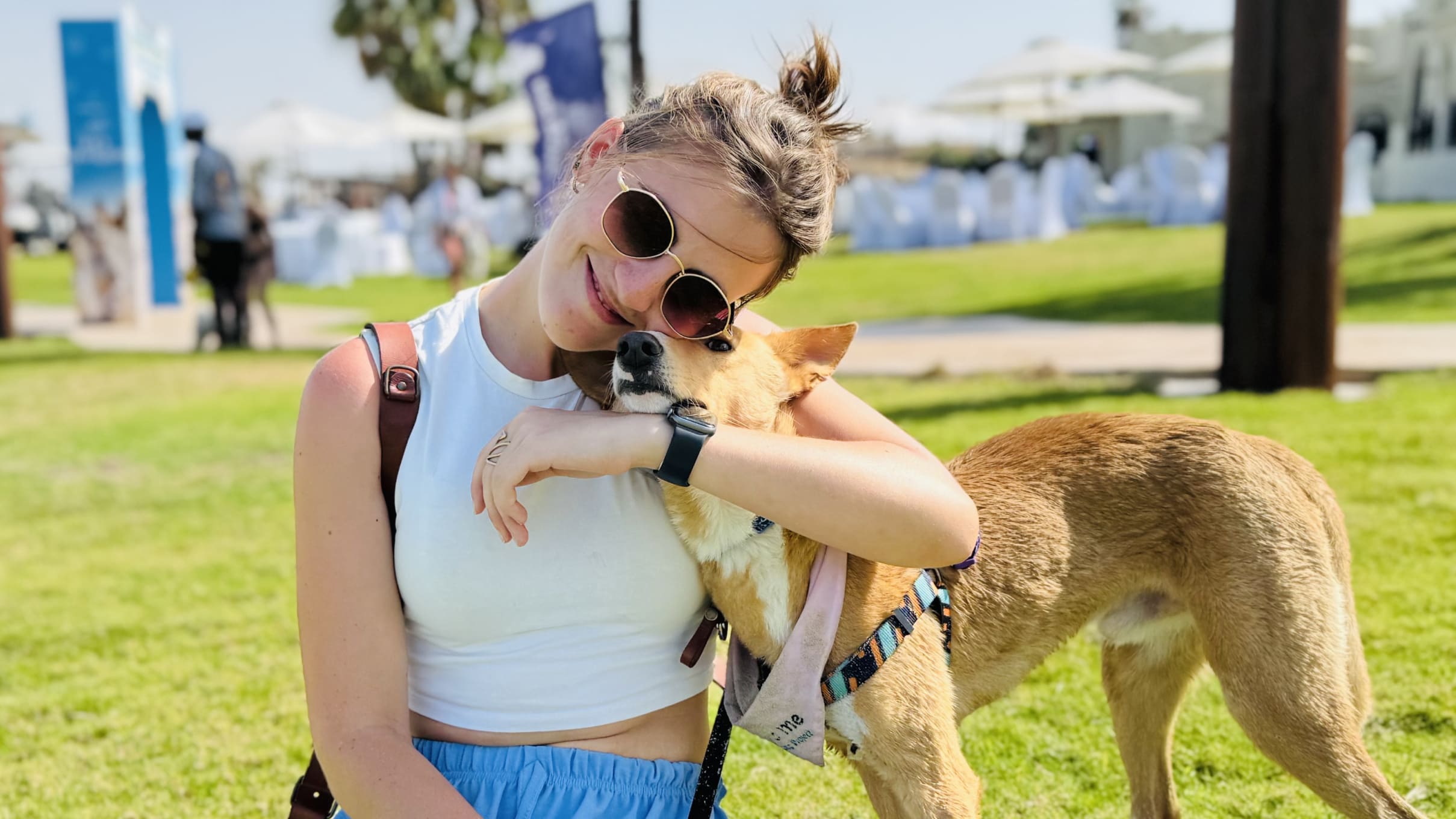Your Dog’s Ears: What Their Ear Positions Reveal About Their Emotions

As a loving dog owner, you may often wonder what your furry friend is thinking. While dogs can't talk, their ears speak volumes about their emotions! Understanding your dog's ear positions can help you interpret their mood, whether they’re feeling happy, nervous, or on high alert.
In Abu Dhabi, where dogs experience diverse environments from hot outdoor walks to cool indoor spaces, learning to read their body language is essential. This guide will help you decode what your dog’s ear movements reveal and how you can respond accordingly.
Understanding Dog Ear Positions & Their Meanings
Dogs use their ears as an important form of communication. While ear shape and size vary across breeds, most dogs display the same general ear positions based on their emotions.
1. Relaxed & Neutral
What it looks like: Ears in a natural resting position, not perked or pinned back.
What it means: Your dog is calm, comfortable, and at ease in their surroundings.
When you might see it: Lounging at home, sunbathing on the balcony, or enjoying a quiet moment after a walk.
2. Perked & Forward
What it looks like: Ears raised, pointing forward, and alert.
What it means: Your dog is focused, curious, or excited about something.
When you might see it: Spotting another dog at the park, hearing an interesting sound, or watching you prepare their meal.
3. Slightly Pulled Back
What it looks like: Ears gently tilted back but not pinned flat against the head.
What it means: A sign of friendliness, submission, or mild uncertainty. Some dogs do this when greeting their owners or meeting new people.
When you might see it: Your dog greets you enthusiastically after work or meets a friendly stranger.
4. Pinned Back or Flattened
What it looks like: Ears pressed tightly against the head.
What it means: Fear, anxiety, submission, or extreme excitement. This is a clear indicator of stress in dogs.
When you might see it: During a vet visit, loud fireworks, or if they’re in an unfamiliar place.
5. One Ear Up, One Ear Down
What it looks like: One ear standing while the other droops.
What it means: Your dog is curious but unsure about something. It may also just be their natural ear position!
When you might see it: When hearing an unfamiliar noise or meeting a new dog.
6. Ears Twitching or Moving Rapidly
What it looks like: Ears constantly shifting directions.
What it means: Your dog is trying to locate a sound, process multiple stimuli, or feeling unsure.
When you might see it: During a busy outdoor walk, around new people, or in noisy environments.

Breed Differences in Ear Communication
Not all dogs communicate in the same way! A German Shepherd’s pointed ears are much easier to read than a Golden Retriever’s floppy ears. Here’s how different ear shapes affect communication:
- Floppy-Eared Breeds (Golden Retrievers, Basset Hounds): More subtle movements; watch their overall body language.
- Erect-Eared Breeds (German Shepherds, Huskies): Clearer ear positions that shift with mood.
- Semi-Pricked Ears (Border Collies, Corgis): Ears may move slightly forward or back to show excitement or concern.
If you have a floppy-eared breed, focus on other signals like tail movement, posture, and facial expressions.
How to Respond to Your Dog’s Ear Positions
Now that you understand your dog’s ear language, you can respond appropriately to their emotions:
- Relaxed ears? Enjoy the moment with your happy pup!
- Perked ears? Engage in play or explore what’s caught their attention.
- Pinned-back ears? Offer reassurance, remove them from stressful situations, and watch for additional signs of fear.
- Twitching ears? Reduce noise distractions or guide them to a quieter space.
Final Thoughts
Your dog’s ears provide valuable clues about their emotional state. By learning to read their ear positions, you can strengthen your bond and ensure their happiness.
If your dog is frequently showing signs of stress, fear, or anxiety, a check-up at Pet Pavilion Veterinary Clinic in Abu Dhabi can help rule out any underlying health issues. Our expert team is here to ensure your furry friend stays healthy and comfortable in every situation.
📅 Book an appointment today to keep your dog feeling their best! 🐶❤️


Schedule your appointment today
Book My Appointment







